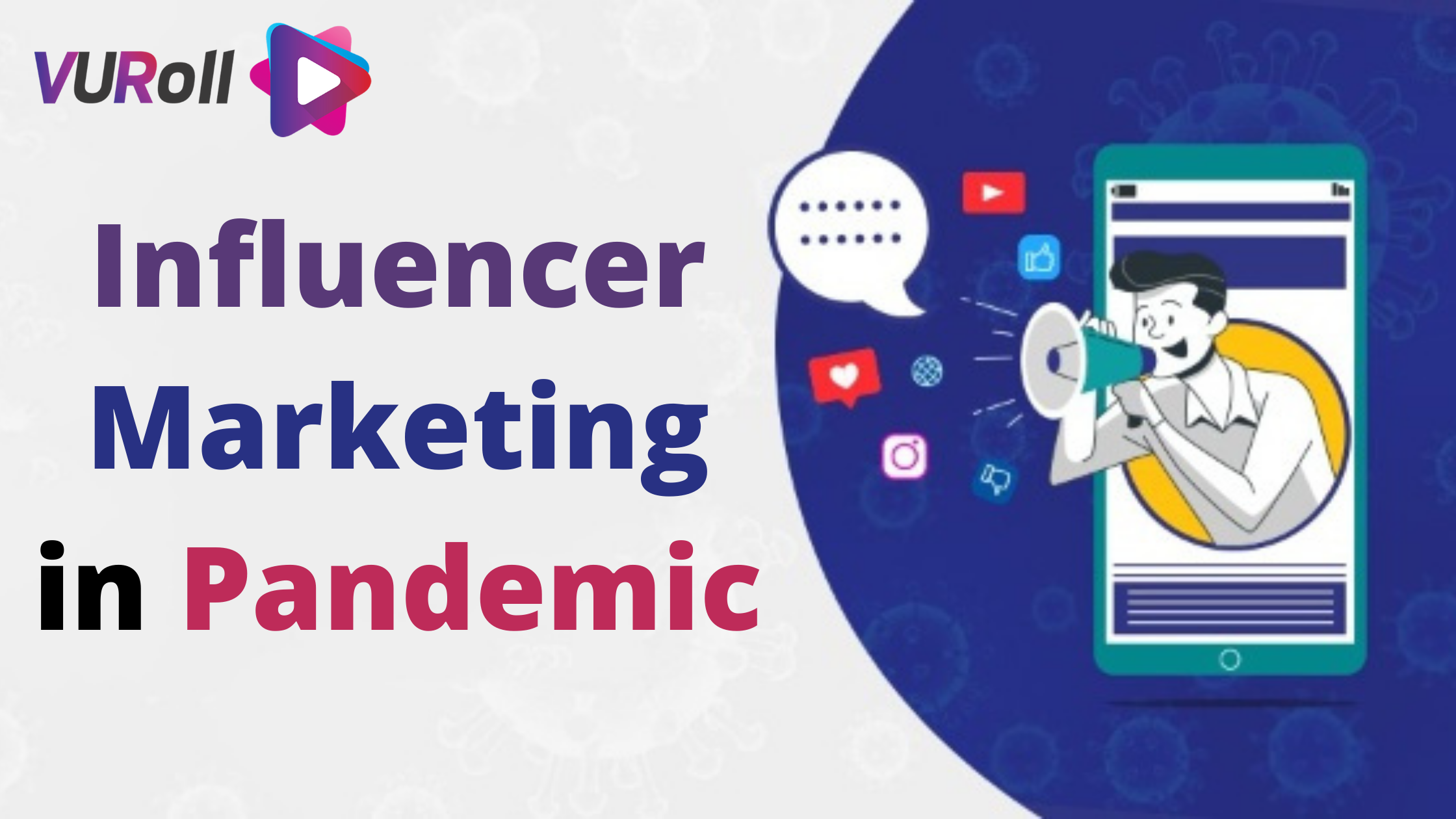It has been more than a year since the World Health Organization declared Covid-19 a pandemic, compelling governments around the world to implement lockdowns and other prohibitions that have turned everyday life upside down.
As a results of stay-at-home orders, there has been a spike in social media usage: the amount of active social media users grew 10.5% to almost four billion. In the other context, these figures would have signalled a boom period for online influencers who could drive engagement with these new audiences. However, things weren’t so simple.
With the introduction and approval of the latest vaccines and coverings for Covid-19, we are slowly returning to normal (or a minimum of something resembling it). It’s worth taking a flash to reflect on what lasting impact the pandemic has had on the influencer marketing industry.
Rethinking campaign strategy
The biggest change to affect influencers was that brands had to adapt their influencer marketing campaigns following the outbreak of the pandemic. According to the latest report from HypeAuditor, three different phases were identified over this era . Within the first few months of the crisis, brands’ initial reaction was to reply to customer concerns around Covid-19. Brands had to step carefully at this time: consumer sensitivity was higher, meaning that there was a better threshold for communication risk. In many cases, brands had to scale back their marketing spend thanks to the economic downturn.
With the rollout of vaccines around the world and therefore the easing of Covid-19 restrictions in many countries, the third phase of the strategy is being entered. Brands are adopting new sorts of communication and new habits that reflect the truth of their audiences’ experiences, from wearing masks to social distancing.
Going forward, it’s predicted that an enduring impact will be an increased specialise in performance-based marketing by marketers. Within the past, many brands have relied on more predictable and reliable channels, seeing influencer marketing as a tool for driving awareness. However, today more marketers have a far better idea of how their money works and may take the guesswork out of their influencer marketing strategy.
It’s expected that influencer marketing budgets will increase significantly as more companies will specialise in the individual performance and ROI of influencers. Brands may therefore have to work with technology partners, such as VURoll who offer this level of insight and analytics to ensure fair, transparent and effective influencer marketing.
Influencers searched for new sources of income
Over the course of 2020, because the majority of the population was required to quarantine, self-isolate or work from home, more advertising money has flowed from offline to online. This indicated that brands and advertisers have needed to look for the foremost effective ways to share their message with consumers online. This has benefited the industry, as influencer marketing allows the foremost human connection between brands and their audiences. Joining together all the viable ways in which advertisers can connect with audiences online, influencer marketing will still grow through 2021 and beyond.
However, over the past 12 months, as businesses experienced a discount in demand, their advertising budgets became smaller . In reaction to those Covid-induced spending cuts, influencers increasingly had to vary their business models and find new ways to earn money. This has included launching their own merch, creating direct-to-consumer offers, also as signing content production deals.
Unprecedented times require a drastic shift in content
The types of content produced have also shifted, thanks to Covid-19. As an example , travel-related content became harder to make . Audience tastes changed as well: Instagram’s audience consumed more entertainment content in 2020 (the Shows category grew 102% over the year), likely so as to supply some light relief in contrast to global events. Similarly, DIY & Design and Architecture & Urban Design influencer categories on Instagram saw large growth: people were stuck with lots and lots of free time at home, so naturally gravitated towards opportunities to enhance the planning and the beautification of the space around them.
Looking forward, the elimination of Covid-related restrictions will allow many categories of content creators to restart their work (such as travel or event-related categories), which can subsequently boost market recovery.
Be careful with what you post
Brands also as influencers became more aware of the content they post, while audiences became more sensitive about the content they consume. People now take more interest within the influencer’s personality, so creators need to carefully filter what they assert . Brands, in turn, will approach the influencer selection process more carefully within the future.
Looking back across 2020, while Covid-19 bogged down the expansion of the companies , influencer marketing didn’t suffer the maximum amount as other industries. In fact, it’s benefited from macro trends like the increased use of social media. Going forward, brands and influencers have a robust opportunity to partner together and make compelling content. Overall, we remain highly positive about the potential of influencer marketing for brands and audiences.

